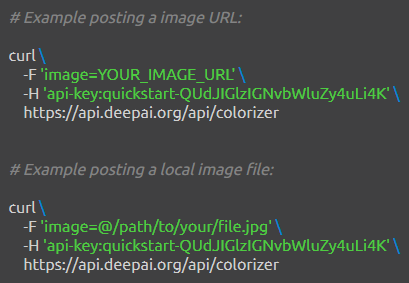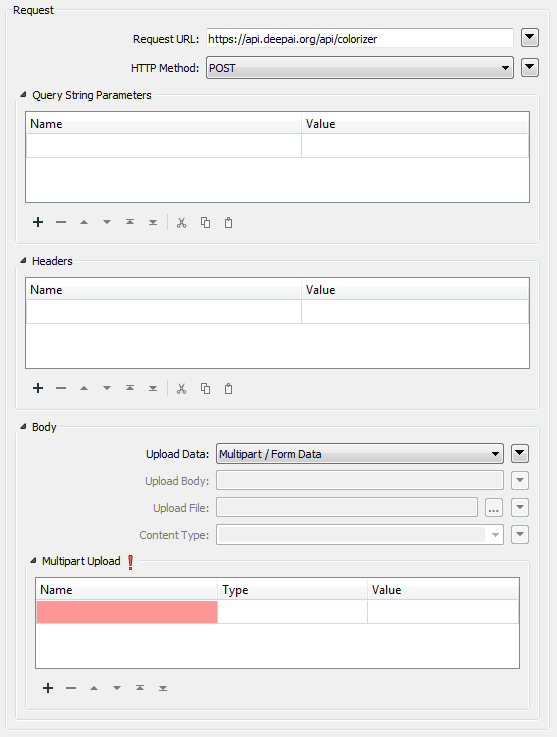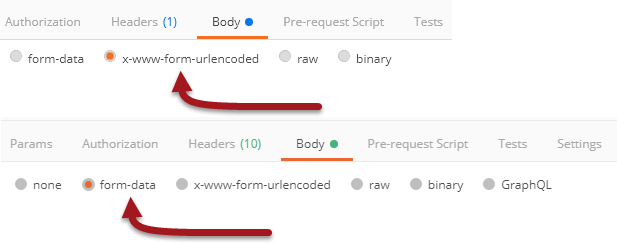Hi,
I am wanting to upload files to an instance of NextCloud as part of a distribution service for an department; this would consist of uploading a zipped folder/files to nextcloud, before emailing a link with the data (with shared permissions) to the requester.
I am running FME Desktop 2020.0.3.0, I am able to figure out how to download via the HTTPCaller (GET with specific URLs), but uploading (PUT or POST) does not work.
Has anyone figured out how to utilize HTTPCaller with NextCloud fully?
Thanks!
https://docs.nextcloud.com/server/20/user_manual/en/files/access_webdav.html







 Usually to connect with a web service in FME you use a HTTPCaller transformer. So I put a HTTPCaller down and...
Usually to connect with a web service in FME you use a HTTPCaller transformer. So I put a HTTPCaller down and... Wow! That's a lot of parameters! How do I know what to put and where? How does the command provided in the web service doc map to the FME parameters?
Wow! That's a lot of parameters! How do I know what to put and where? How does the command provided in the web service doc map to the FME parameters? ...and a body:
...and a body: So it uses the same sort of information, just in a different structure. The user kindly clicked the Code button and choose the cURL option, and this is what the tool returned:
So it uses the same sort of information, just in a different structure. The user kindly clicked the Code button and choose the cURL option, and this is what the tool returned: and...
and... It ran successfully so I knew it should be OK in FME. So let's look at how I mapped my cURL command. Well, obviously you need to specify the site to connect to, and that is either in the cURL or already known.
It ran successfully so I knew it should be OK in FME. So let's look at how I mapped my cURL command. Well, obviously you need to specify the site to connect to, and that is either in the cURL or already known. "form-data", confusingly, is the equivalent to my -F flag.
"form-data", confusingly, is the equivalent to my -F flag. Because, if you remember, my command was:
Because, if you remember, my command was: Why is the name "image"? Because from the very start I knew the command was:
Why is the name "image"? Because from the very start I knew the command was: Notice that all of the bits of the body under the -d flag:
Notice that all of the bits of the body under the -d flag: